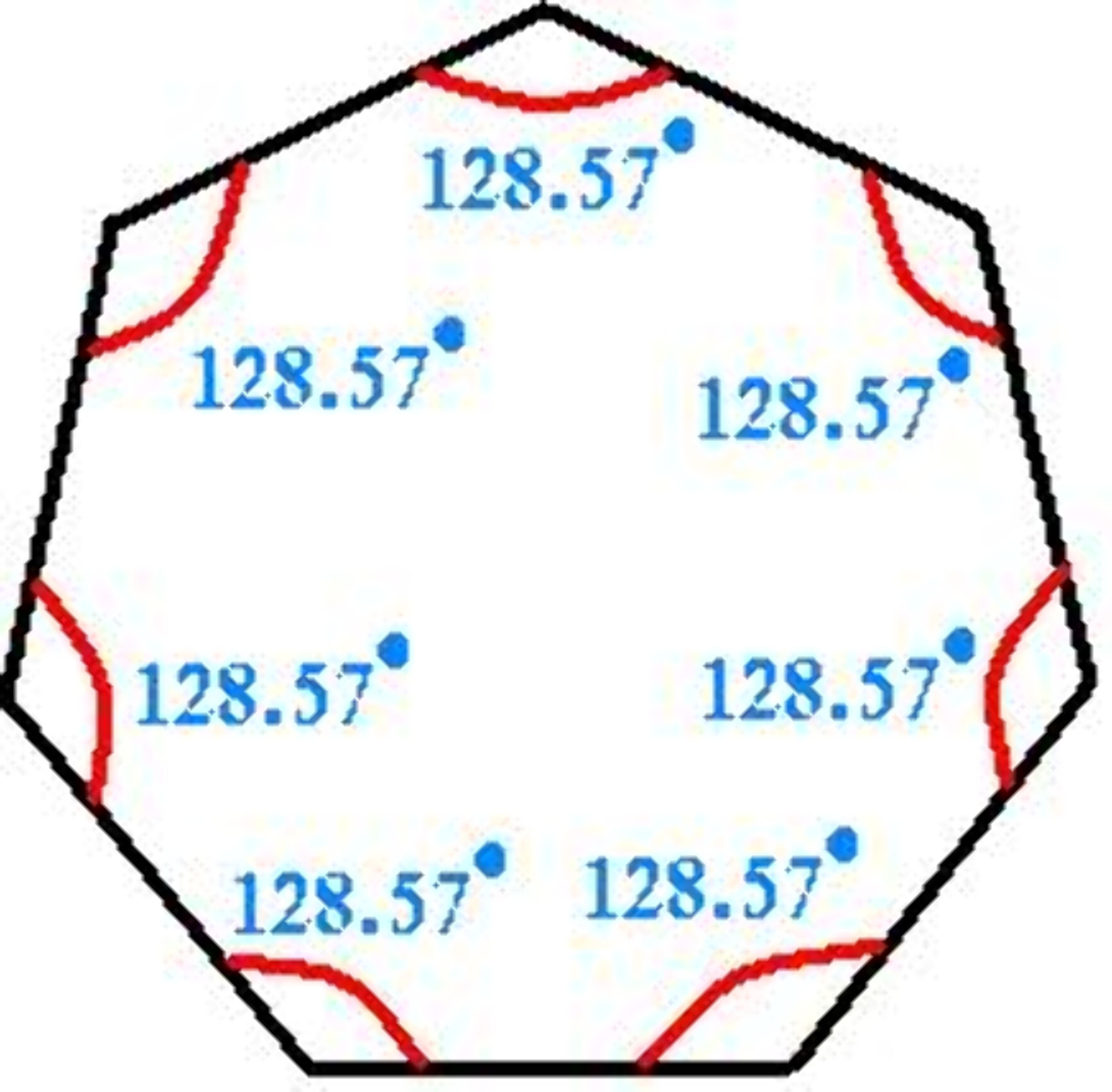The core of the earth under the lava is so hot, that it makes the magma under the crust move, which causes it to move in a pattern called a convection cell, which basically is a pattern where the magma rises, cools, and goes back into the mantle. The path that it is moving in is called a convection current, and depending on which way it rotates, (anti-clockwise or clockwise), the plates will move in that direction. The crust then spreads in two different directions: apart from each other, and directs outwards. The old segments of the crust will then end up under the earth, heated up by magma, and the new rock will be formed at the top.
Saturday, 20 September 2014
Thursday, 18 September 2014
Basketball
I demonstrated a pass, pivot, and a spin during the video, for example when I was in trouble from Thomas, I quickly passed to Ben, and he tried to shoot the ball. An example of a pivot is when he was walking up to defend me, and I spun, around, pivoted, but then got the ball stolen off me.
I can improve my accompanying and evading movements by making sure to pass better, and also to do more cut-fakes, as I didn't do many of them.
Friday, 12 September 2014
Tuesday, 9 September 2014
Unit 1 Reflection
1. The common properties of all polygons are they all have at least three sides, and have at least 180 degrees. Also, the sides do not cross each other. Exactly two sides meet at every vertex.
2.The measure in degrees tells you if it is an acute, obtuse, straight, reflex, or right angle. Some common benchmark angles are the ones that are divisible by 30°, 45°, or 90°. Examples are 120°, or even 315°.
3. To estimate angle measure, one strategy is to draw a midpoint on the middle of the angle. Then, use a compass to draw a circle around it. Afterwards, you can draw in the "benchmark angles", and then estimate from there. Or, you could just do an estimate by drawing it in your head. To find accurate measurements with tools, put the centre of the bottom line of the protractor on the part where the two angles touch, make sure the angle line on the bottom is aligned with the bottom line on the protractor, and measure.
2.The measure in degrees tells you if it is an acute, obtuse, straight, reflex, or right angle. Some common benchmark angles are the ones that are divisible by 30°, 45°, or 90°. Examples are 120°, or even 315°.
3. To estimate angle measure, one strategy is to draw a midpoint on the middle of the angle. Then, use a compass to draw a circle around it. Afterwards, you can draw in the "benchmark angles", and then estimate from there. Or, you could just do an estimate by drawing it in your head. To find accurate measurements with tools, put the centre of the bottom line of the protractor on the part where the two angles touch, make sure the angle line on the bottom is aligned with the bottom line on the protractor, and measure.
Subscribe to:
Posts (Atom)
